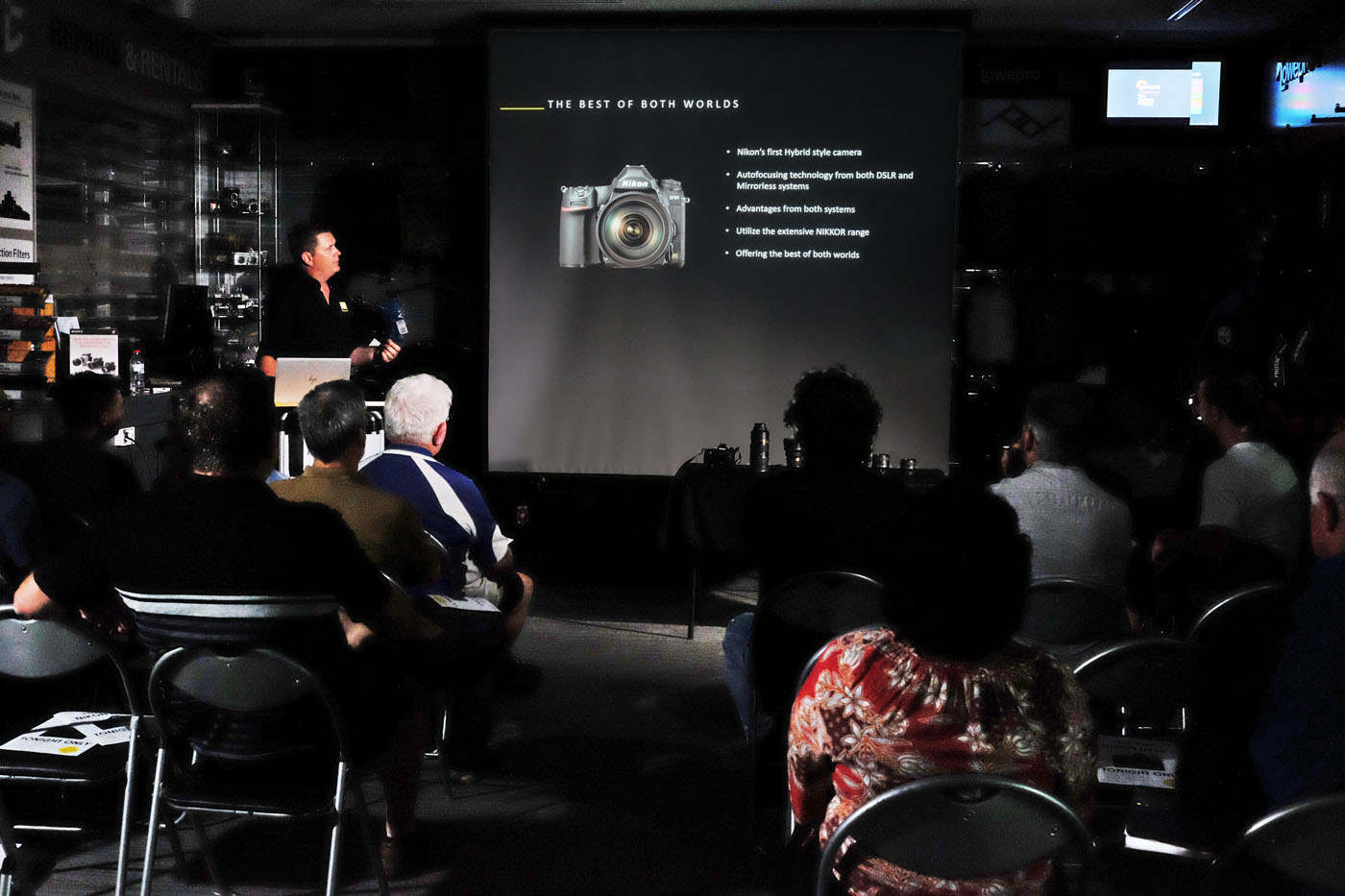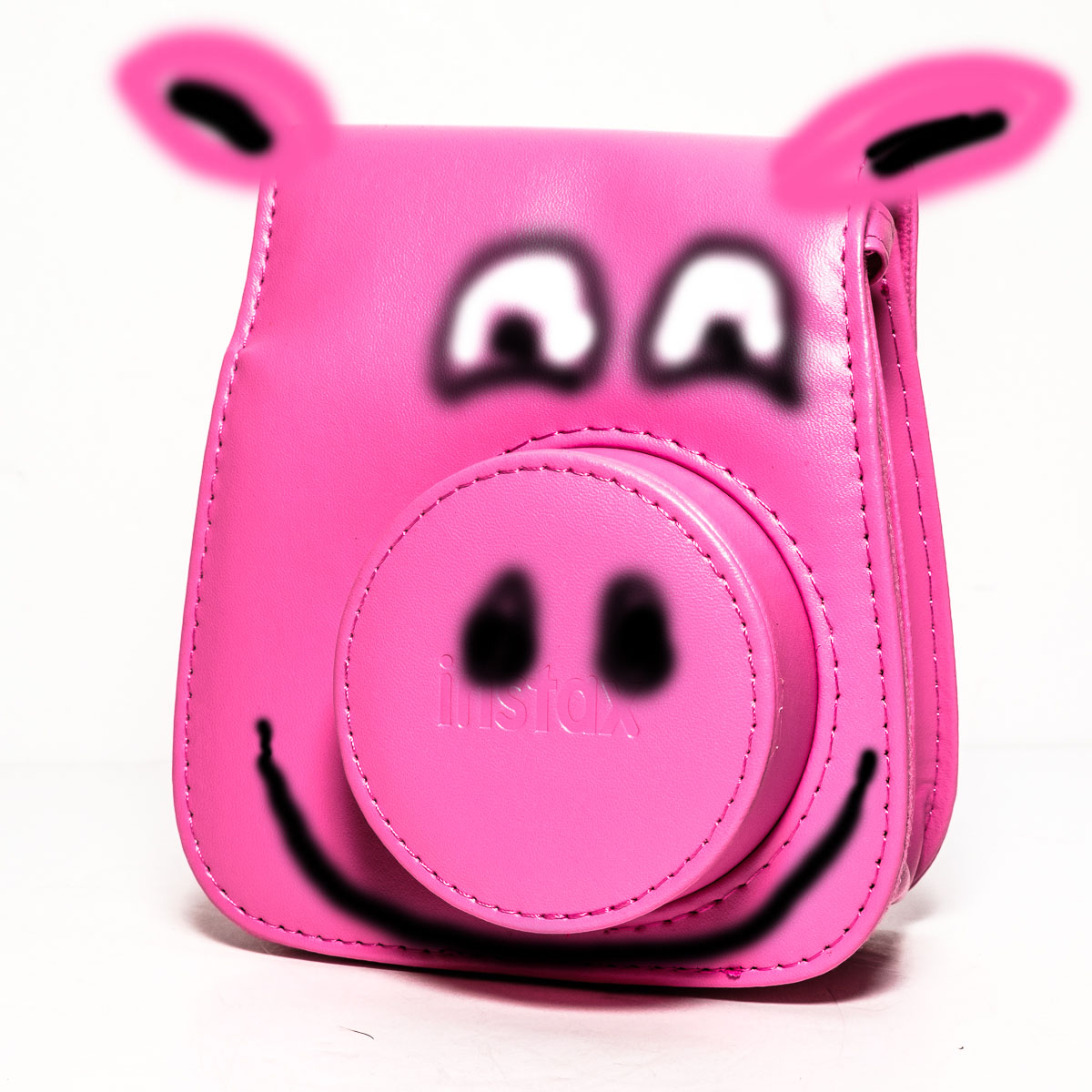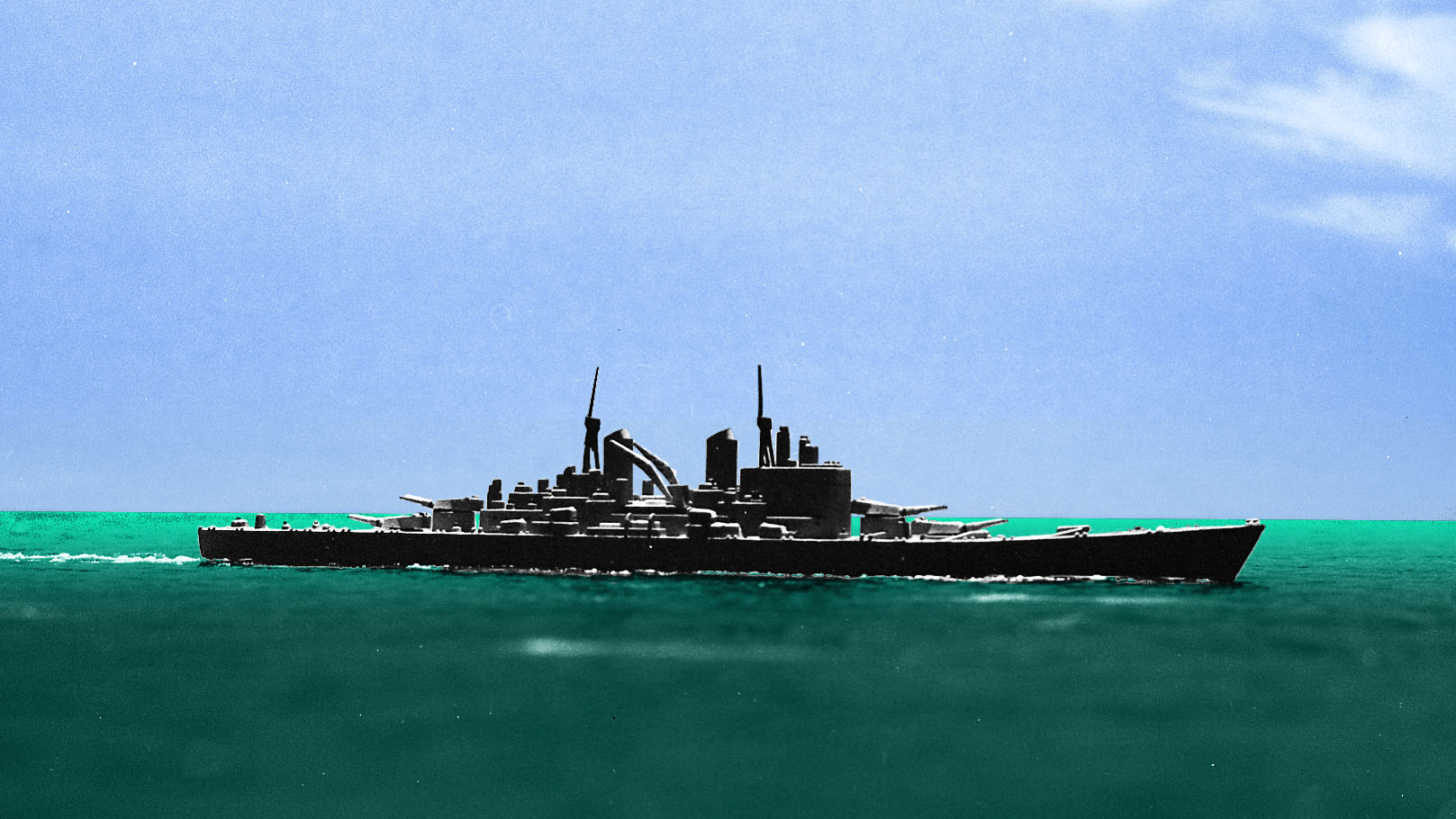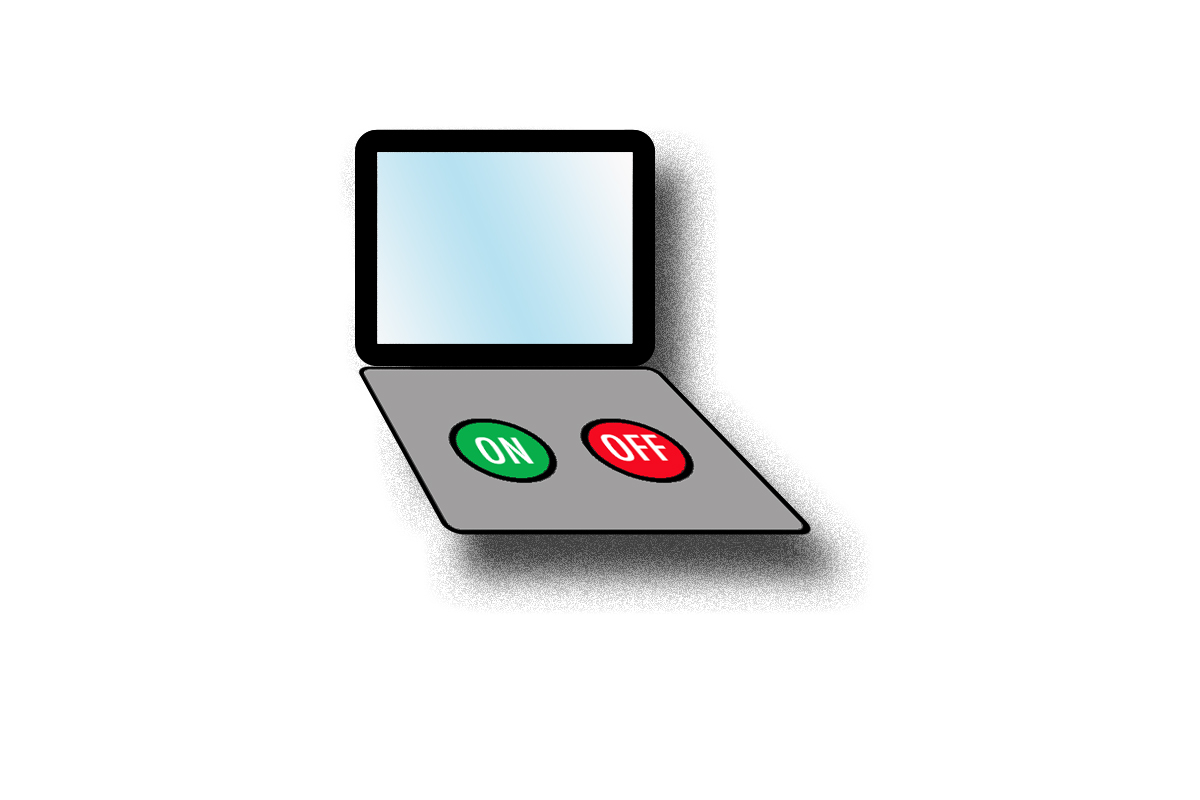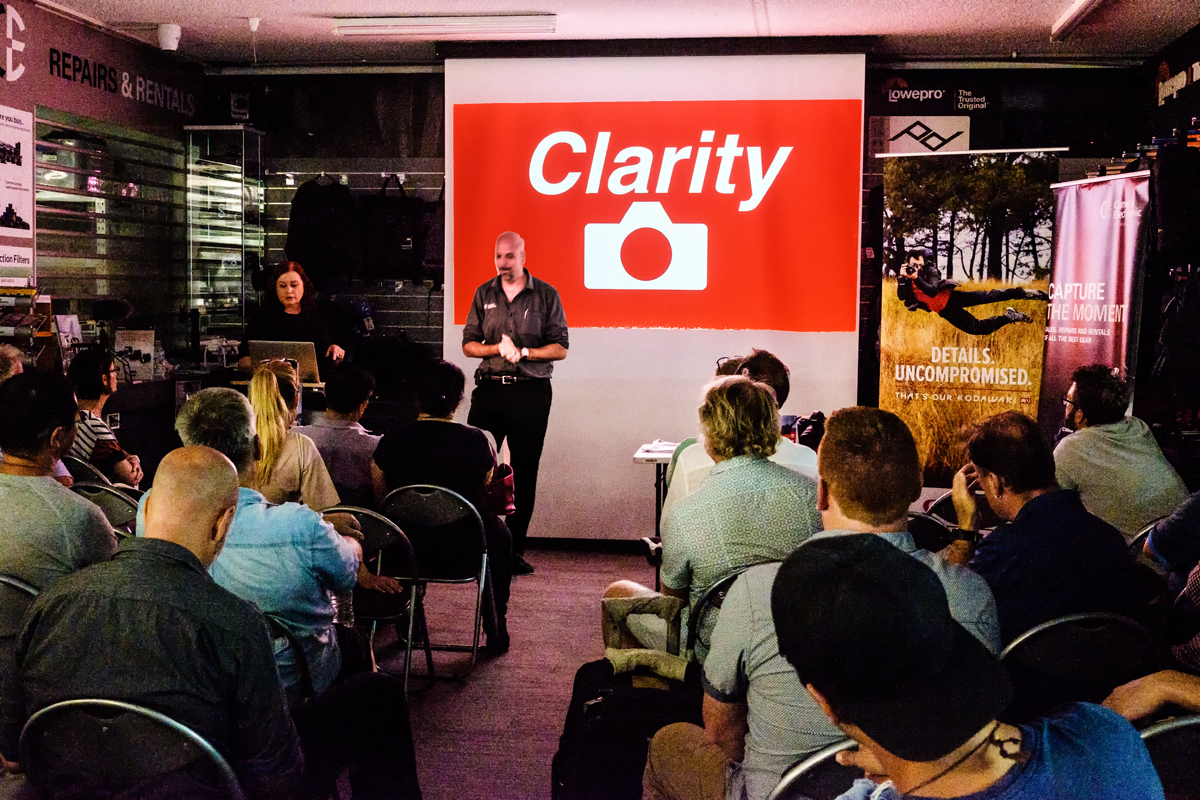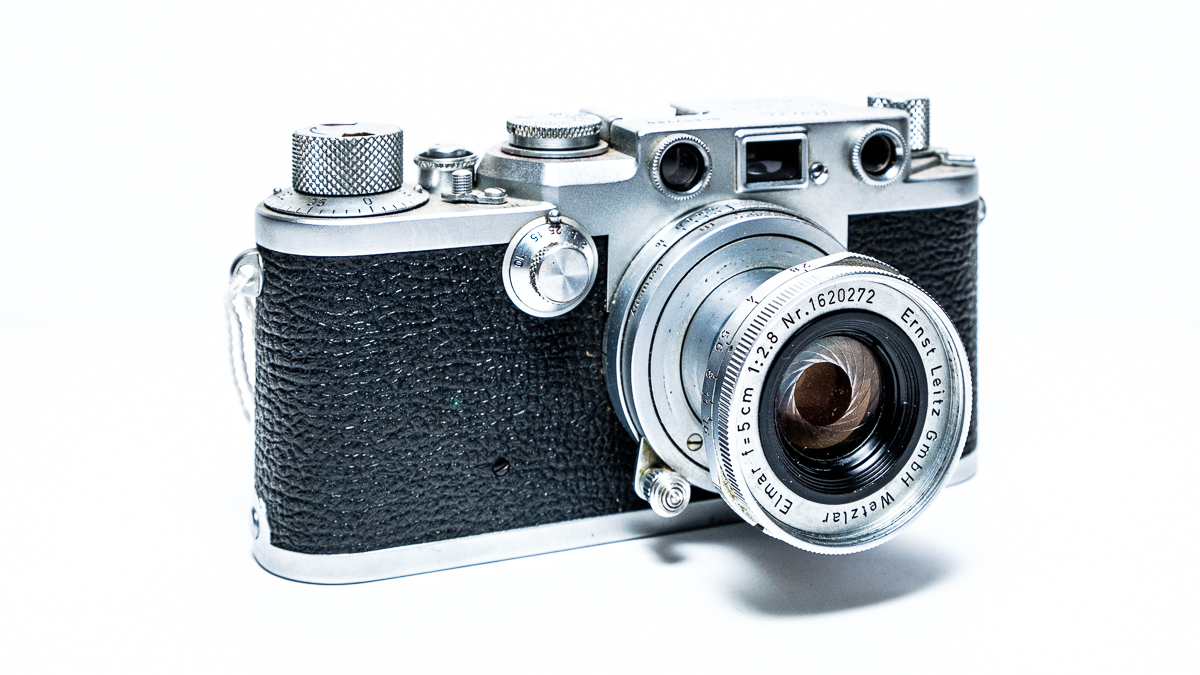28 Feb The Latest Trend Vs The Last Big Thing
Every field of human endeavour has old-hat ideas, new-hat ideas, and hatless scatter-brain maniac ideas. The trick of commercial success is to convert the first and the last to the middle sort - this is the thing that pays money. I'll explain. The technique of shooting...




